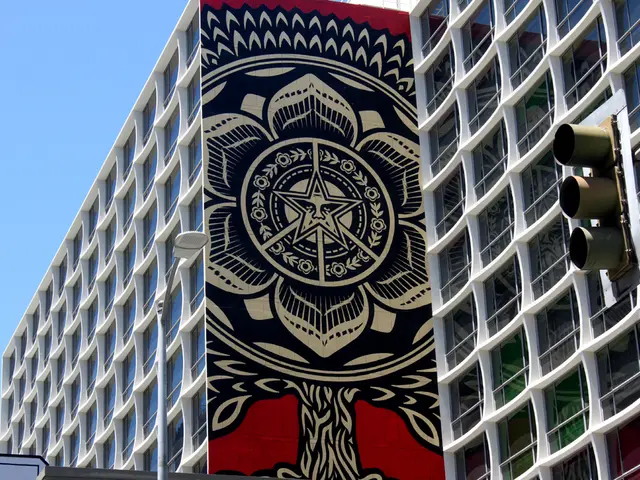Cash Exodus in Sverdlovsk: A Modern Day Hunt for Coins
The Sverdlovs possess an amassment of 3.4 million Russian rubles.
In a remarkable turn of events, the residents of Russia's Sverdlovsk region have been on a coin-collecting spree! Over the past week, an astounding 3.4 million rubles in coins have made their way back into circulation, weighing a hefty 3.5 tons! An impressive 874,000 coins were exchanged or credited to bank accounts during this coin-centric rush.
The most sought-after coins? The elusive ten-ruble coins, with a whopping 263,000 pieces handed in! Ten-kopeck and ruble coins followed as close runner-ups. This coin-extravaganza was none other than the Bank of Russia's traditional "Coin Week" campaign, which has been instrumental in previous years, too. Last year alone, the good folks of Sverdlovsk turned in over 1 million coins worth 3.7 million rubles.
As the pounding of coins subsides, organizations that deal with cash, like stores, transportation firms, post offices, and utility payment points, are faced with an unanticipated deficiency of change. To remedy this, the Bank of Russia embarks on a yearly coin-minting spree, but vast stocks of coins appear to be languishing with citizens. Evgeny Shlepchenkov, head of the cash currency department of the Ural branch of the Bank of Russia, attests to the campaign's purpose of returning these idle coins to circulation.
Looking further ahead, a debate on stripping Russia of its cold, hard cash—particularly coins—may emerge post-2030. Representatives of the cash-focused organization NII "Goznak" state that maintaining cash circulation is becoming increasingly expensive. Hence, the use of coins and banknotes should be minimized.
In the shadows, whispers of a future without cash reverberate through the financial sector. A time where digital payments would rule supreme. But for now, the humble coins of Russia continue their ceaseless dance in the hands of its citizens.
Note: The demand for foreign currency in Russia has significantly decreased, while the Bank of Russia is focusing on the development and rollout of a digital ruble, aiming to modernize financial transactions and potentially circumvent international sanctions. Thus, the reliance on traditional cash could gradually wane.
Sources:
- Central Bank of the Russian Federation: Statistics
- Bank of Russia: Digital Ruble
- TASS: Sverdlovsk residents hand over 3.4 million rubles in coins
- RIA Novosti: Exchange Centers Experience Shortage of Change During Coin Exchange Campaign
- Bank of Russia: Digital Ruble
- The decrease in demand for foreign currency in Russia and the Bank of Russia's focus on developing and rolling out a digital ruble suggest a potential gradual decrease in reliance on traditional cash, including coins, in the future.
- Despite the rise of digital payments and the potential future without cash, the coin-centric rush in the Sverdlovsk region demonstrates the continued importance and popularity of physical currency in Russia, particularly during campaigns like the Bank of Russia's "Coin Week."







